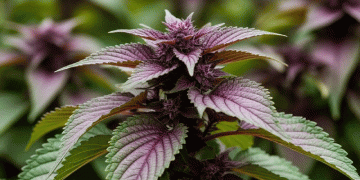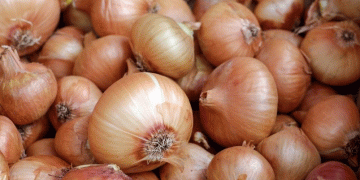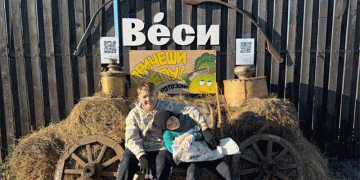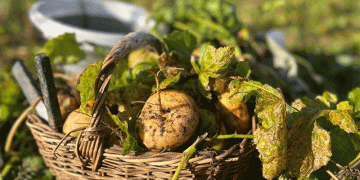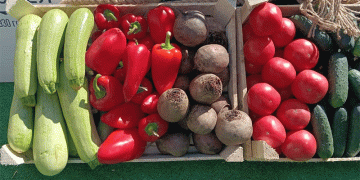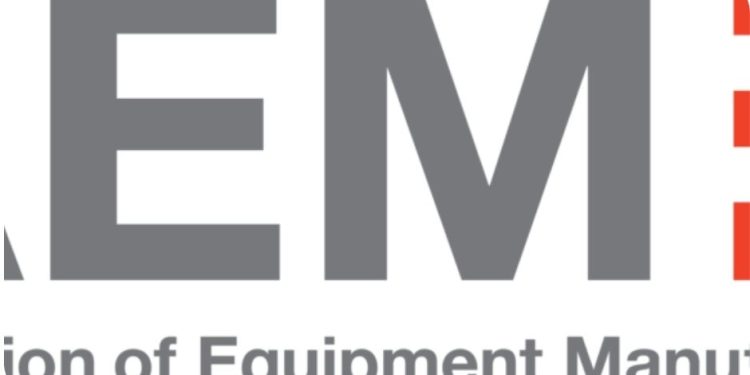Most of us eat some type of specialty crop every single day. Whether you’re eating your fruits and vegetables, or even using certain seasonings to help complete that perfect dish, you’re using specialty crops.
Despite the widespread prevalence of specialty crops – along with the fact they currently possess a market value of $79.8 billion (which accounts for more than 16% of total agricultural output) – so often this segment of agriculture gets overlooked.
It’s easy to understand why. “Specialty crops” is a relatively broad term, and one which encompasses many different things. According to the 2004 Farm Bill, specialty crops are defined as “fruits and vegetables, tree nuts, dried fruits, horticulture, and nursery crops (including floriculture).” Even this definition is broad, given that so many different products can fall under “fruits” and “vegetables.” And often, when we talk about agriculture, the focus finds itself aimed primarily at row crops or animal agriculture. While row crops constitute a select few crops that are oftentimes harvested with a combine and make up the majority of U.S. farmland, specialty crops are most often found in California and Florida.
However, the number of specialty crops being planted are growing more and more in areas across the United States. Recent estimates found there are now more than 184,000 specialty crops farms spanning over 10.4 million acres of farmland. Despite the fact that U.S. specialty crop production is a big part of overall U.S. agricultural production, it does face a number of significant challenges.
Challenges and opportunities
U.S. producers often find themselves at a disadvantage on a global (and even domestic) scale because, in most areas across the country, year-round production is impossible. And, unlike with row crops, specialty crops can’t be raised in bulk and stored to be sold throughout the year due to freshness concerns. In addition, specialty crops are often much more weather sensitive than their row-crop counterparts. This makes them extremely vulnerable to instances like the recent extreme weather seen across the southern part of the U.S., which resulted in specialty crop losses of more than $600 million.
To make matters worse, domestic production has also been hit hard by the ongoing trade war. The U.S. continues to import a number of specialty crop products, which drives down domestic prices, and other countries have hit U.S.-produced specialty crops with high tariffs. Meanwhile, Europe has imposed over $4 billion in tariffs on a number of U.S. products. The impacts of those tariffs could be substantial, with North Carolina State estimating sweet potato exports alone potentially seeing a reduction of $70 million.
As is the case with most things, specialty crops have been negatively impacted by the ongoing COVID-19 pandemic. Before COVID-19 emerged last spring, it was estimated that Florida strawberry production alone lacked 30% of the labor it needed. Specialty crops are one of the most labor-intensive forms of agriculture that exists today. This is because most operations have a heavy reliance on H-2A temporary agricultural workers. During the pandemic, many of these workers were cut off from coming to the U.S., and those who were permitted had to have special accommodations, as producers also must provide these workers with housing as well. Even before the pandemic, however, the demand for workers had already far exceeded supply.
While numerous challenges exist, it isn’t all bad news for the specialty crop sector. An annual growth rate of 2.6% is projected over the course of the next decade, and commodity prices have already climbed nearly 40% since 2011. Ultimately, though, it remains to be seen if the challenges facing specialty crops will limit the extent to which producers are able to take advantage of opportunities for growth.
Increased innovation among equipment manufacturers
Specialty crops are often sold in the form they are harvested, largely because aesthetics matter to many consumers. This has made developing harvesting equipment even more difficult, as most people don’t want to buy bruised or damaged fruits and vegetables. As a result, several manufacturers have found ways to develop machinery that can harvest these products in a gentle enough way, so as not to damage the product. Doing so has helped make the equipment more appealing and for some specialty crop products, such as potatoes, harvesting equipment has been around for ages. However, for most, harvesting equipment is still relatively new and not as widely adopted.
While the mechanization of specialty crop harvesting has been slow and very difficult due to the nature of the crop and consumer expectations, a number of products are already on the market today, including harvesters from AEM member companies New Holland, Pellenc, Gregoire, The Morning Star Company and Oxbo.
Most of these machines can match the output of 20 people on a per-hour basis. This goes a long way in helping to address the labor shortages that this industry faces, while also providing a more secure and reliable source of food. In reducing labor needs, machinery also improves producer margins due to the reduced labor cost that would otherwise be needed. All in all, they make the industry more attractive from a producer standpoint through the improved margins and a worker standpoint due to reduced physical labor and better paying, skilled jobs.
AEM is the North America-based international trade group representing off-road equipment manufacturers and suppliers with more than 1,000 companies and more than 200 product lines in the agriculture and construction-related industry sectors worldwide. The equipment manufacturing industry in the United States supports 2.8 million jobs and contributes roughly $288 billion to the economy every year.
– Austin Gellings, Agricultural Services Manager, Association of Equipment Manufacturers (AEM)

















